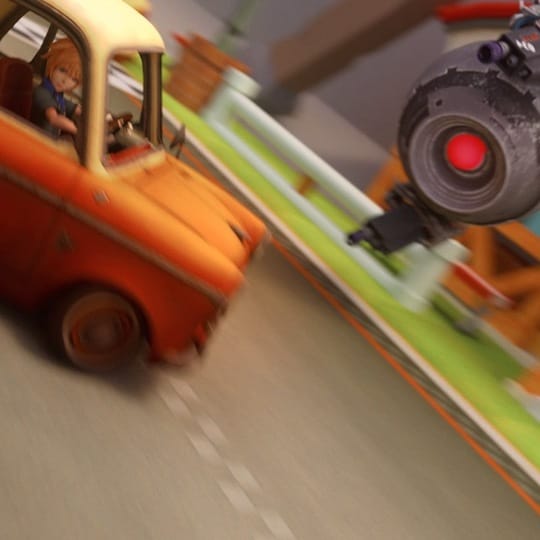“A Poni’s Challenge” is a 5-minute animation fuelled by a 4-year-old’s imagination and rendered with the power of V-Ray and Chaos Cloud. Learn how it was made.
The incredible power of Chaos Cloud can open up new possibilities for small studios and freelance artists like Gregory Stark. This 2D and 3D creator runs digital creation and communication company, Studio Stark, from the magnificent French city of Cannes. But when he’s not working on 3D printing, visuals and promo videos, he invests his time in personal projects — such as “A Poni's Challenge,” an animated short film created for his sons.
Opening in a messy teenage bedroom from the 80s or 90s, “A Poni’s Challenge” launches into a flythrough of a vibrant, chunky, 64-bit-style static world via a Super Nintendo. Settling at a Nintendo Switch, the pace changes up again and we’re thrust into a car chase through an animated level. The entire movie is packed with references to Nintendo games (Mario, Zelda), as well as popular culture, and classic anime and Hollywood movies.
It also does it all in long, continuous shots — which would have been hugely impractical without offloading the rendering to Chaos Cloud. We talk to Greg about how Chaos Cloud helped visualize this tour de force.
How did “A Poni's Challenge” come about?
Gregory Stark: “A Poni's Challenge” was born during the first phase of the Chaos Cloud beta. At the time, I was testing out the power of the Cloud to make imagery for my short film “MAJORA - A Legend of Zelda Story.” I presented the short at Total Chaos 2019 in Sofia and Chaos Group really liked the first renders of the project — as a result, they decided to sponsor "A Poni's Challenge." With Chaos’ backing, I was able to realize the entire project on Chaos Cloud — which opened up many new possibilities. The project even grew from one minute to five!
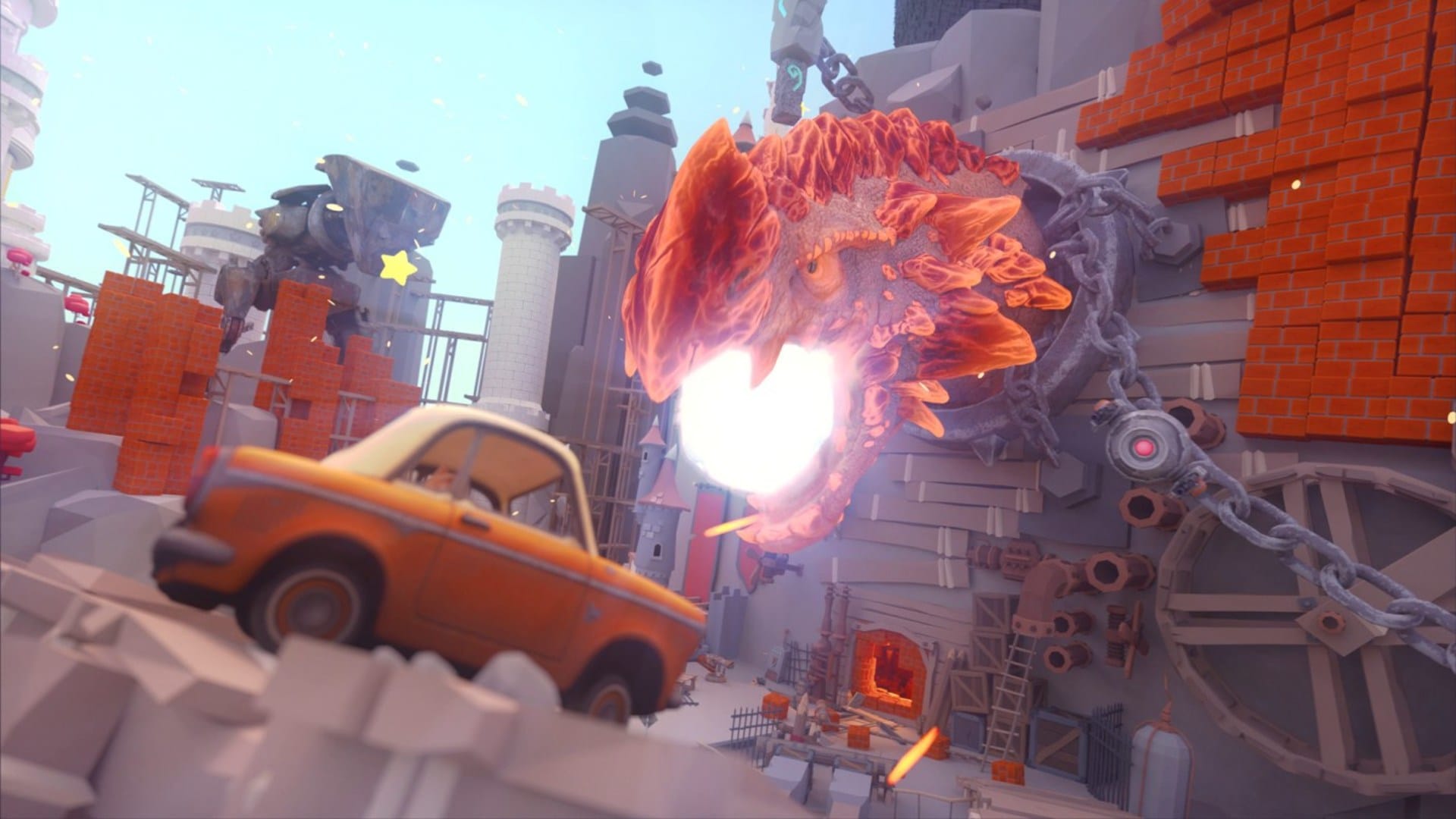
How did you make the creative decisions for this piece?
GS: The main ideas came from the imagination of my four-year-old son, Toni. Every night I tell him stories before he falls asleep and then he reinterprets them through his dreams. For a whole year, I wrote down everything he told me the next day. And I decided to make an animation of his ideas to celebrate his fourth birthday — as well as the birth of my second son, Enzo. This animation is a message of love from a little boy to his brother.
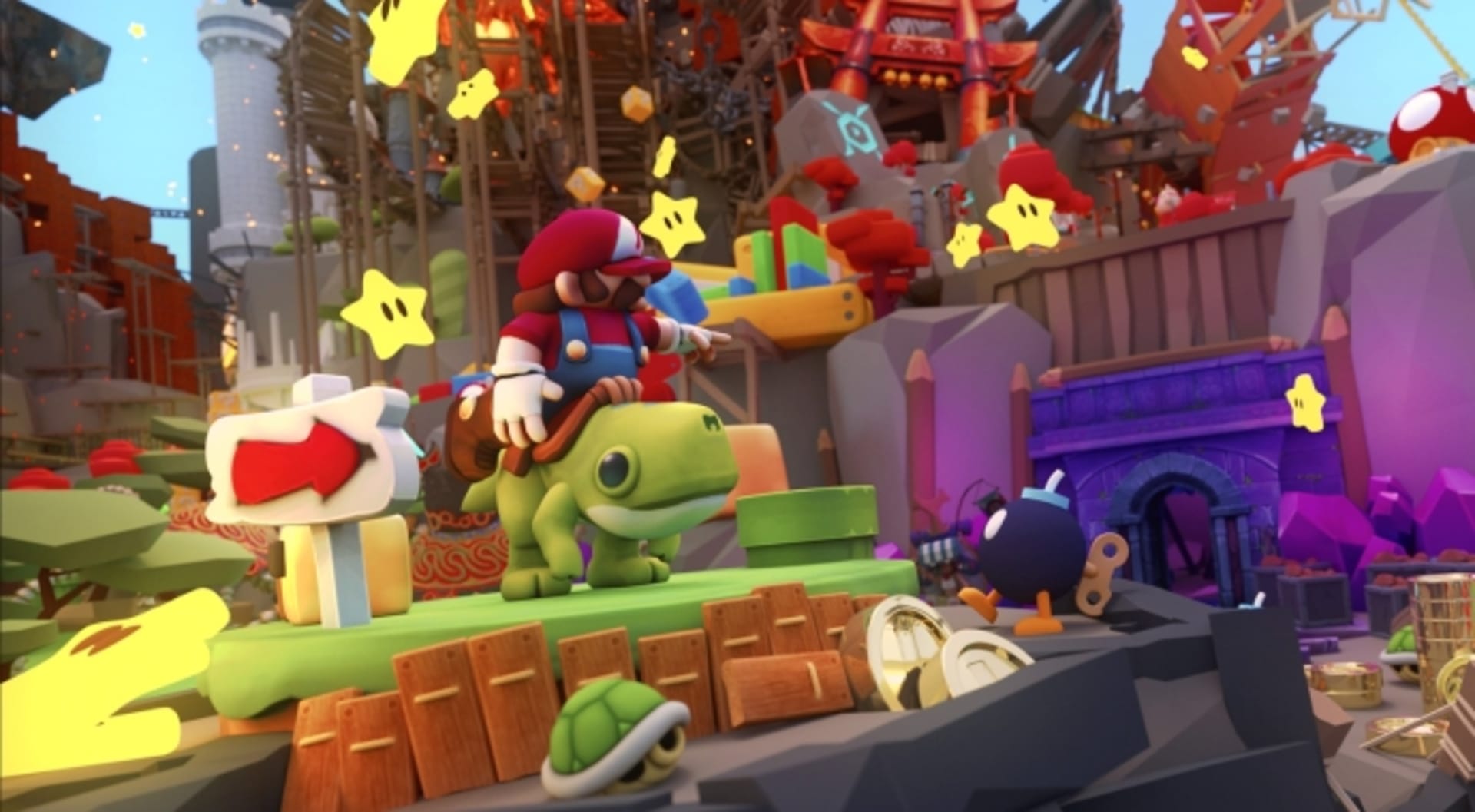
Where does the title come from?
GS: “Poni” is the name my son gave to the small car in the animation. He said: "I use the Poni to find my little brother who has just been born — but it's not easy because there are a lot of monsters!” So this explains why everything explodes or attacks the little car in the animation.
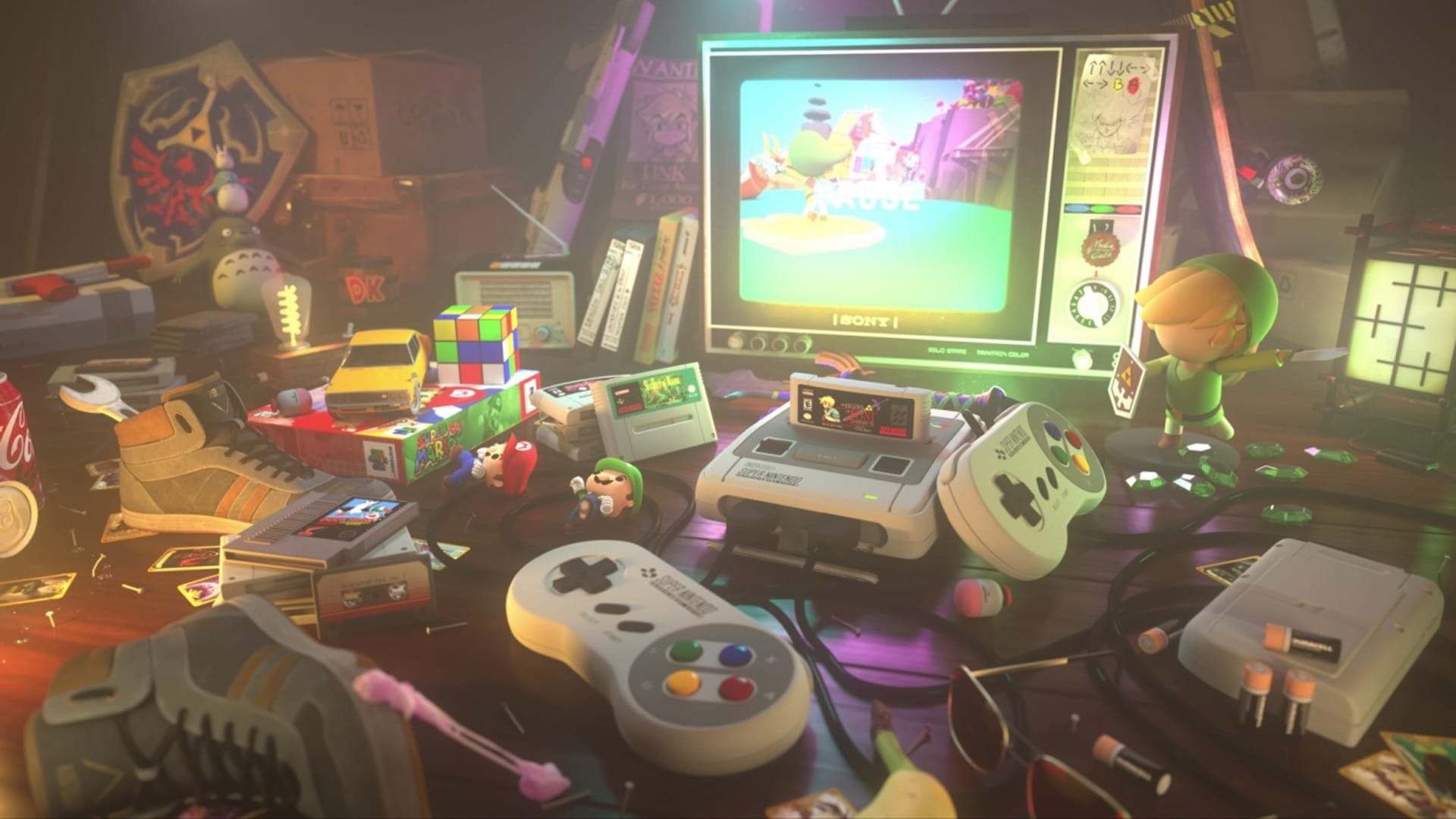
Tell us how you created the first shots.
GS: This part had to be realistic. While I was recording the audio with my son, I got some old games out of the cupboard and they brought back warm memories of the gaming nights I used to have with my friends. I wanted to recreate that jovial atmosphere, as well as the passion for pop culture that I’ve passed onto my son, having been born in the 80s myself.
This first small scene (above) is composed of numerous V-Ray Lights, V-Ray Environment Fog and a V-Ray Dome Light with an 8K HDRI map.
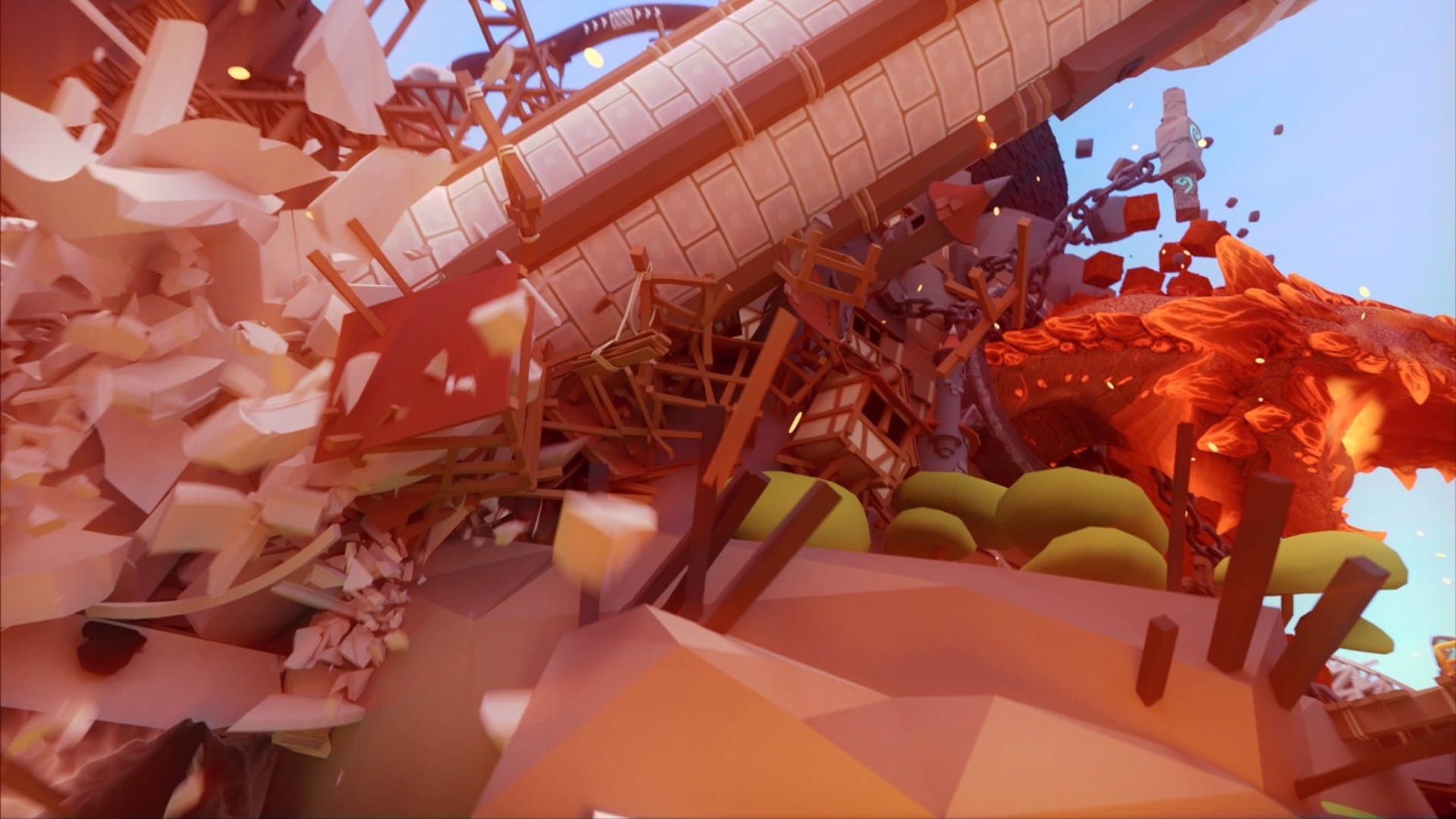
What was the biggest challenge?
GS: The hardest part was the 3-minute, 30-second, continuous shot. I had to manage all the animations and simulations without interruption. The camera — especially its depth of field — was tricky to set up. The scene is made up of more than 10-million polygons and contains more than 1,300 different 3D models, some of which come from the incredible Sketchfab community (see the artist credits at the end of the video). It was a really heavy scene and I had to use many V-Ray Proxies to help my computer.
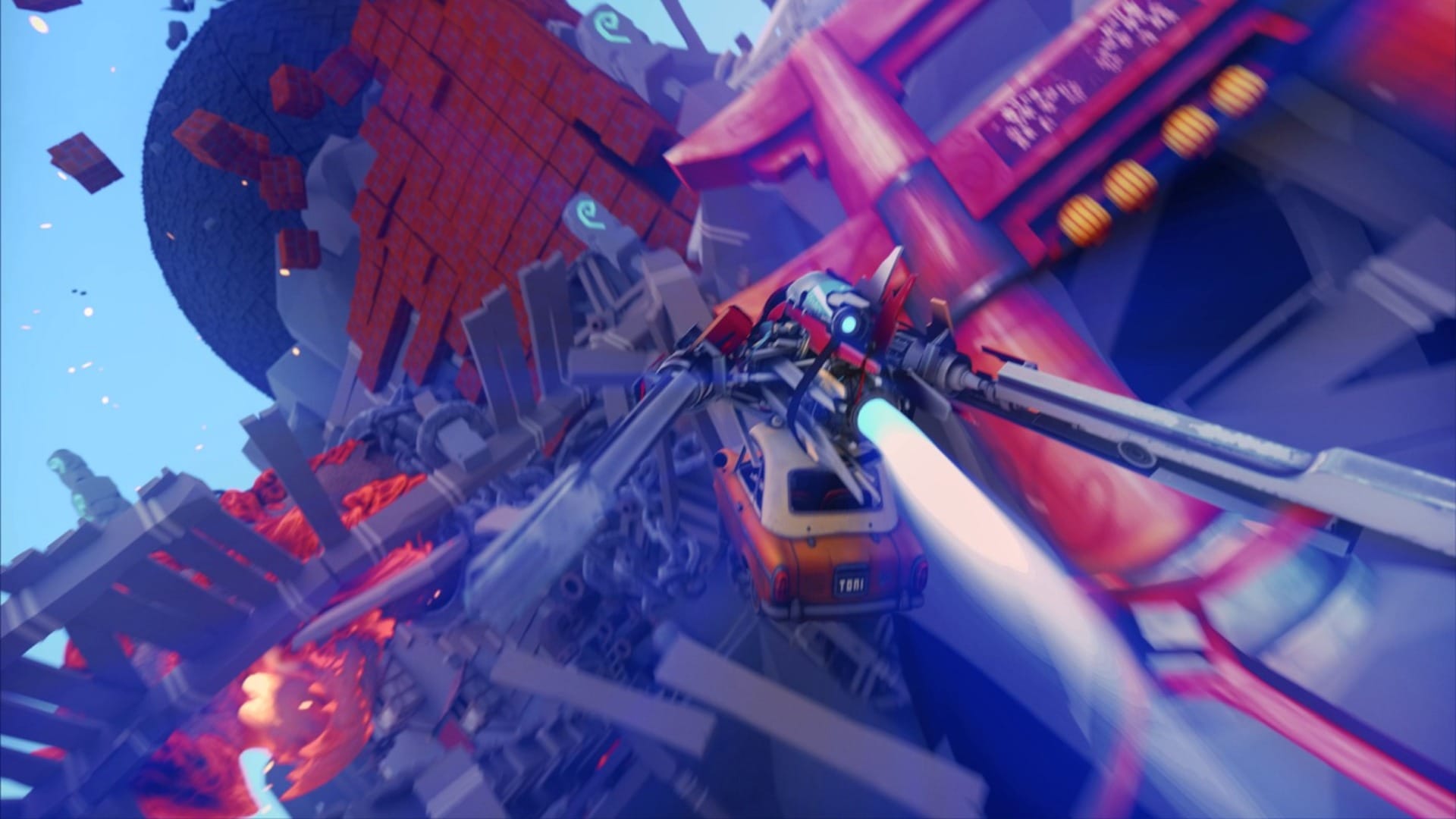
How did you make use of Chaos Cloud?
GS: For the rendering phase in Chaos Cloud, I de-composited the scene for better control of the render elements. The total size of the renderings in multiple EXR files was 800GB and the complete project was 1.3TB with 47,927 files.
The speed of the Chaos Cloud allowed me to have complete control over the quality of the renders.
Gregory Stark, Studio Stark
What were the advantages of rendering the 3D-animated short in the cloud?
GS: The speed of Chaos Cloud allowed me to have complete control over the quality of the renders. The test phases were also simple and easy to modify. For the introductory scene with the Super Nintendo, it would not have been possible to render it internally; the numerous reflections, lights, environment light, motion blur and pronounced depth of field exploded my render times. Problem solved with Chaos Cloud!
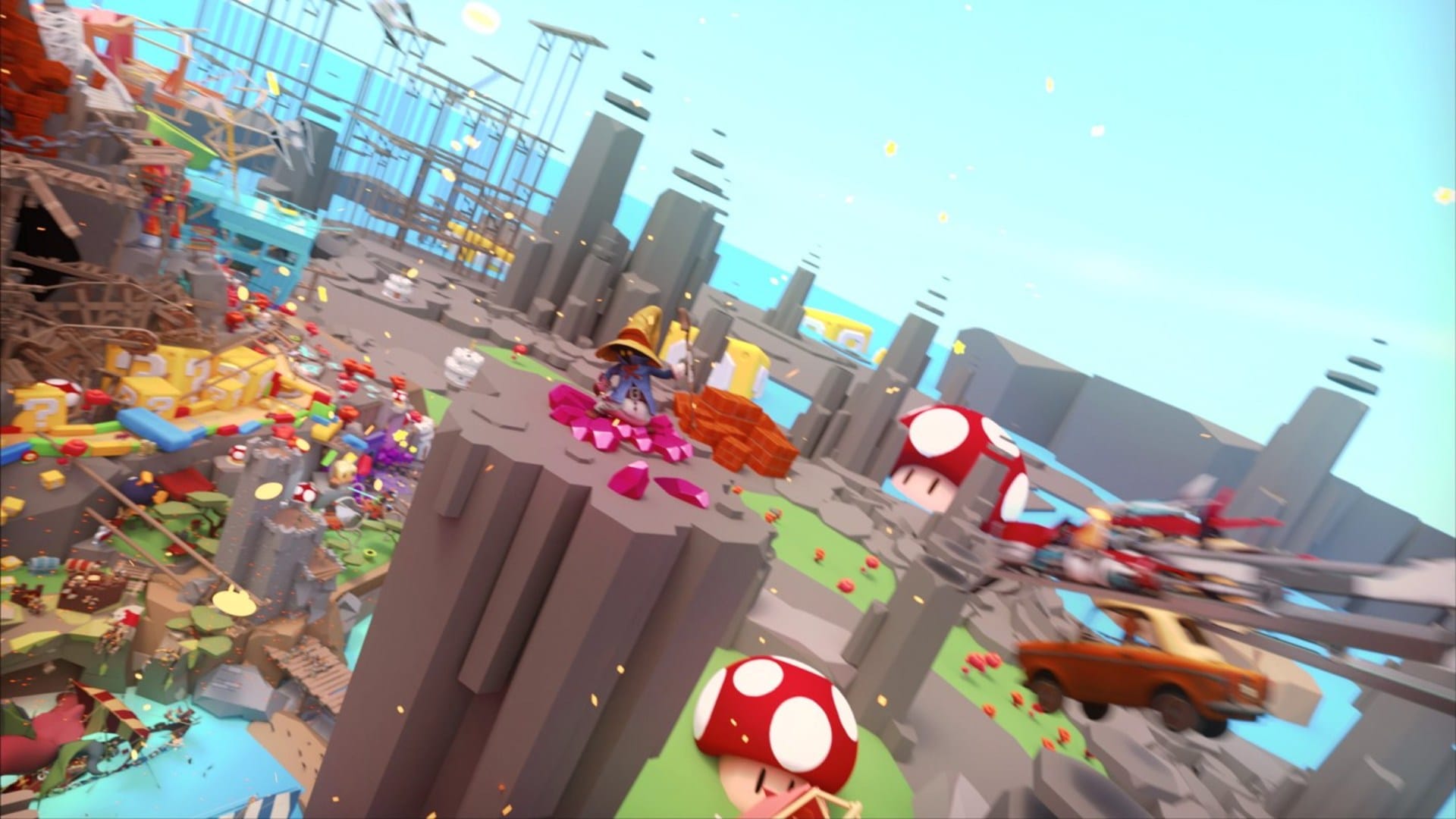
How did your family react to the film?
GS: I managed to keep the project secret throughout its year of development, so it was a real surprise! My wife was astonished; it was funny to see her re-enactments. My son was overexcited as he discovered the things he dreamed of in an animated film. He must have watched it 100 times! As he recognized his ideas, he was aware that it was something that belonged to him and he thanked me several times by hugging me. Like any little boy, he watches cartoons — and having his own cartoon is magical for him. His reaction was an ocean of happiness for me, too; it was an emotional day.
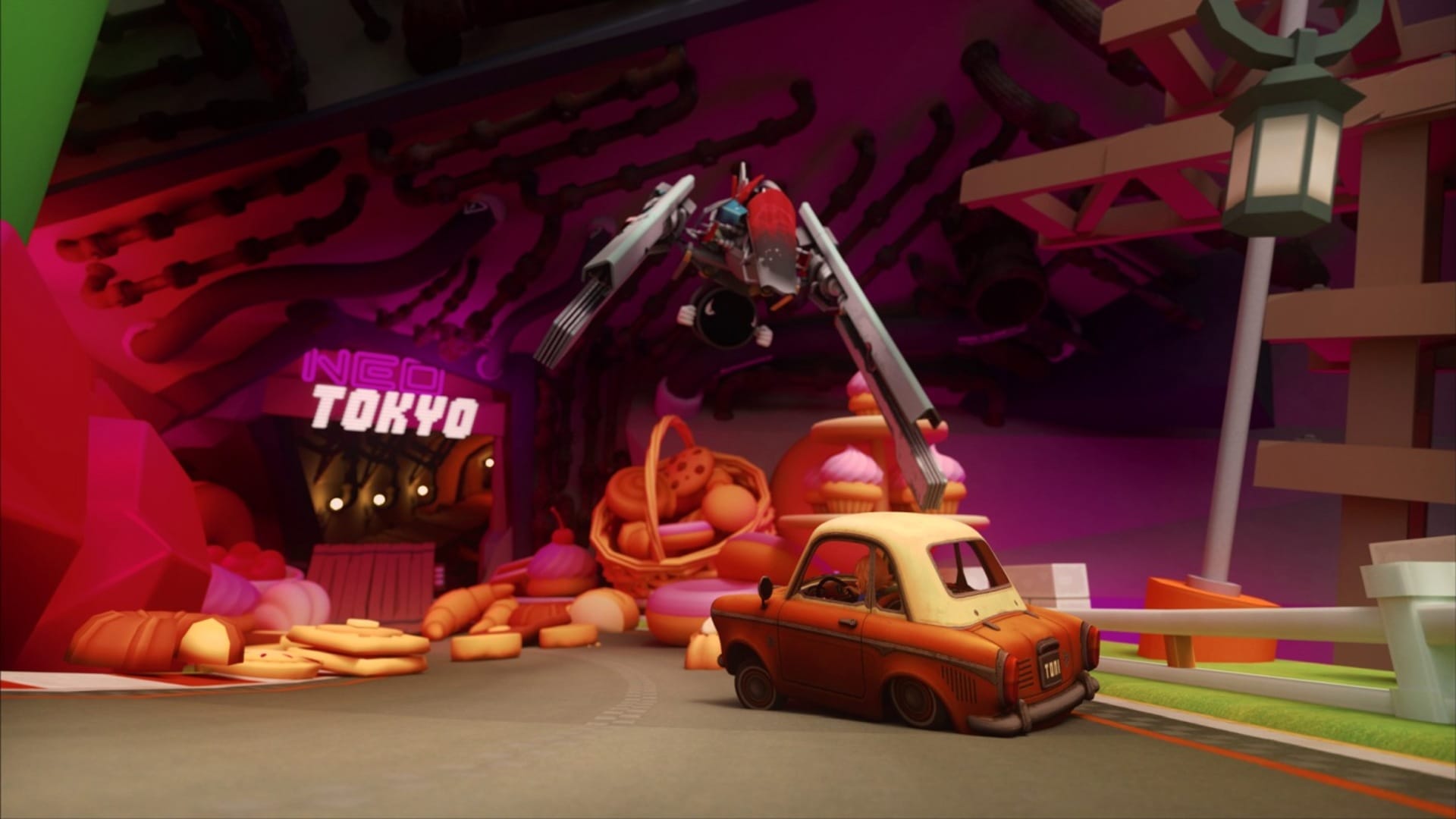
And what did your fellow CG artists think?
GS: The community has received the film very well. The question that came back a lot is: How did you make a little film like this all by yourself while working at the same time? My answer is always: You have to work at night. I’ve also explained that it’s about good organization and balance between work and family life. I’ve enjoyed talking with various other artists, especially about the sequence shot and lighting set-up.
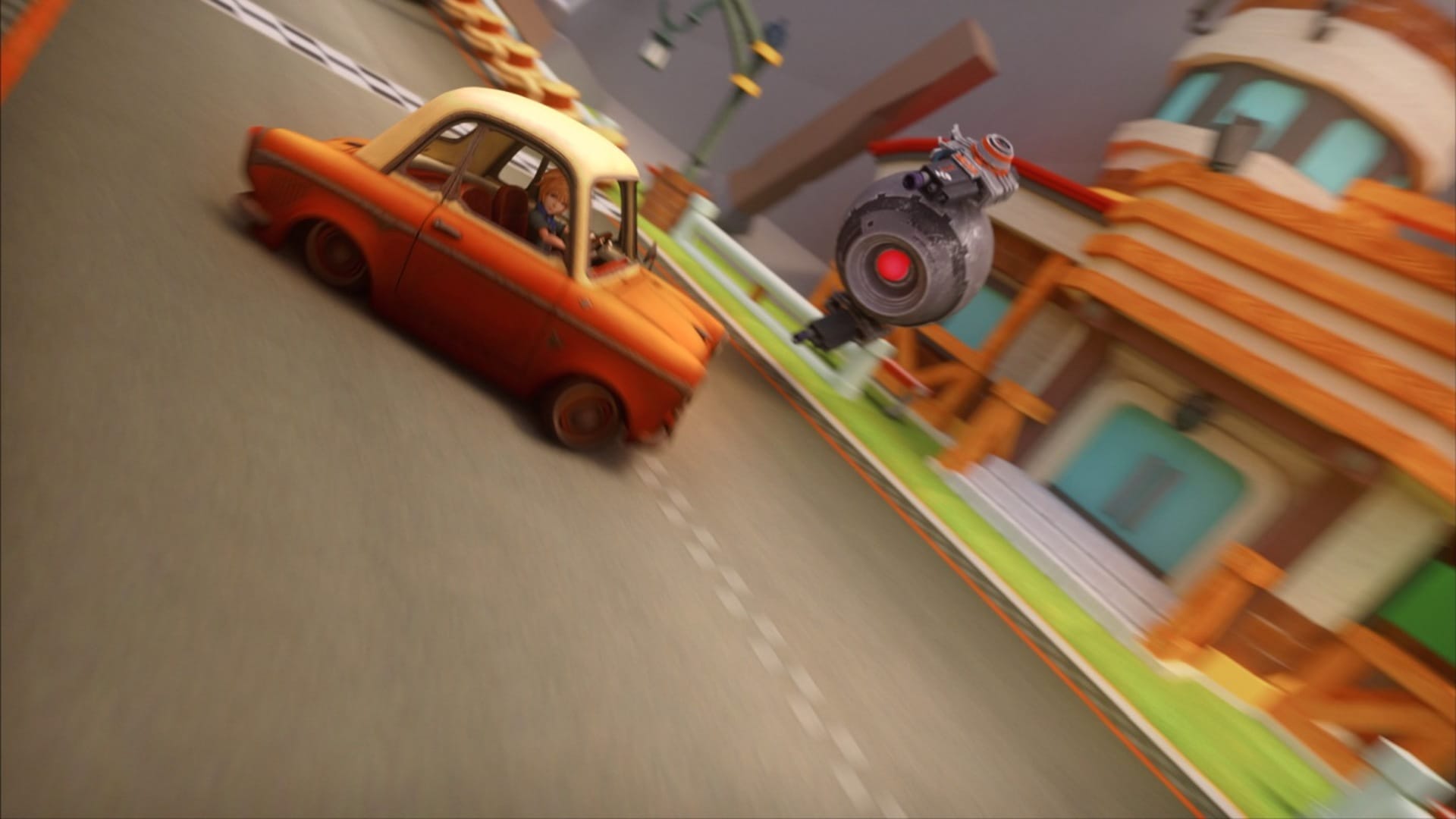
What’s next?
GS: Right now, I’m still working on “MAJORA — A Legend of Zelda Story,” the short film that I presented to the Total Chaos audience in Bulgaria in May. You can watch the teaser here:
I want to thank all the Chaos Group team, particularly Vladimir Dragoev and Ana Savova, for their incredible support with “A Poni Challenge.” Without them, it could not have been done.

